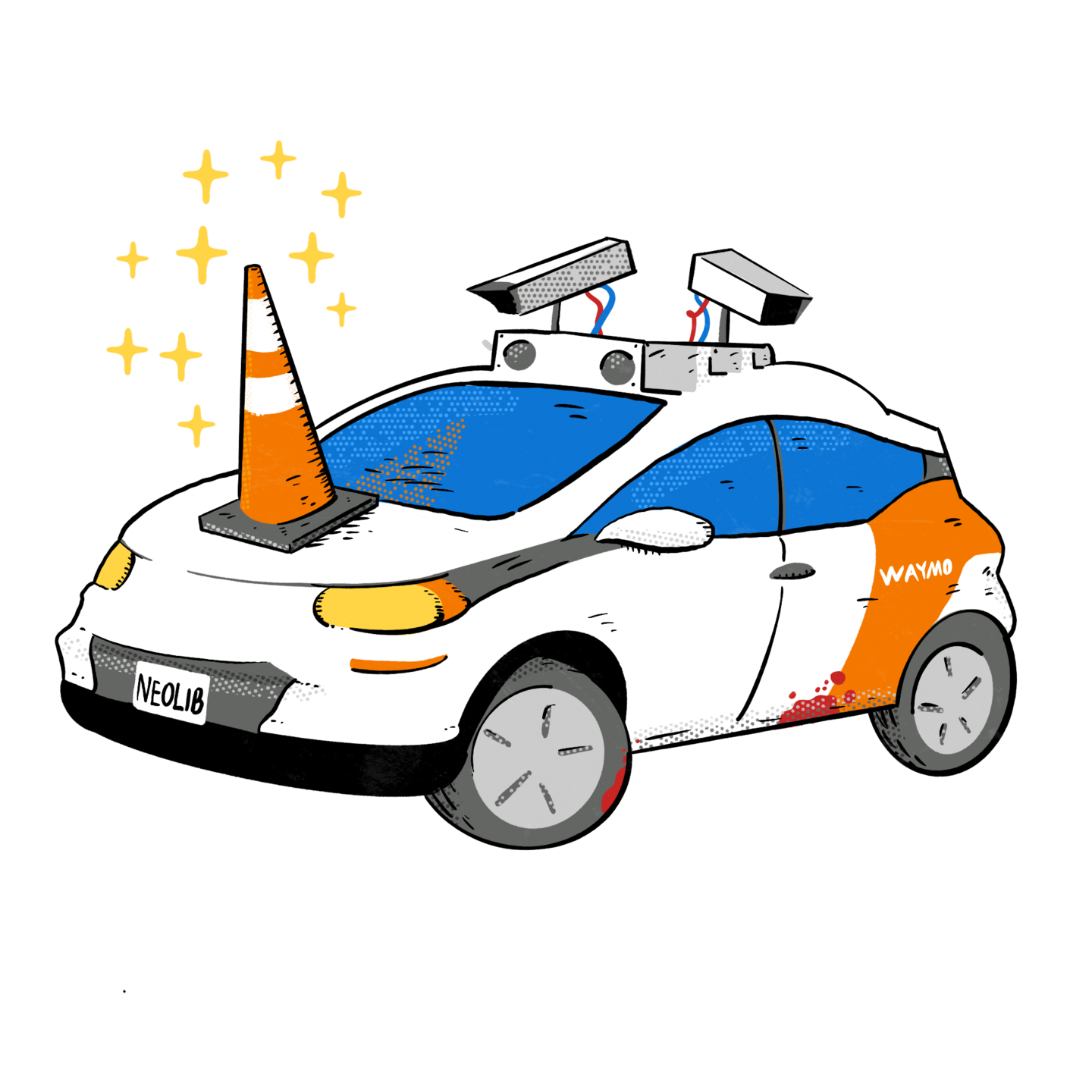
Washington Post – Elon Musk’s Tesla moves to launch free self-driving taxi service in California
The move is a key step in the CEO’s ambitions to offer an autonomous ride-hailing service.
Editors note: the permit from the CPUC actually only allows for passengers to use Teslas as a human-driven taxi service. Tesla hasn’t even applied for a permit from the DMV to operate driver-less vehicles in California. There have been no steps taken by Tesla to actually have vehicles operate autonomously in California. See also the SF Chronicle article Tesla seeks to rival Uber and Waymo with ride-hailing service in California
See original article by Trisha Thadani at the Washington Post
Elon Musk’s Tesla is preparing to launch a taxi service in California that could eventually shuttle paying passengers in autonomous vehicles around the state, according to emails obtained by The Washington Post.
Tesla submitted late last year an application to the California Public Utilities Commission (CPUC) for a permit to transport passengers in its vehicles, according to the emails obtained via a public records request. The company has permission to test its driverless vehicles in the state with a human behind the wheel, but the additional permit, if granted, would allow people to summon the vehicles from Tesla free of charge.
The California application is a step in Musk’s goal of deploying fully autonomous vehicles nationwide — an ambition he said is “critical” to the company’s future. The CEO says self-driving cars will be the major source of his company’s value, despite the technology’s spotty safety record at Tesla spurring multiple investigations and recalls.
Tesla did not respond to a request for comment.
The company applied for a Transportation Charter Party permit, which means the holder owns and controls the vehicles and uses employees as drivers. Terrie Prosper, a spokesperson for the CPUC, confirmed that Tesla’s permit is “in consideration” but declined to share further details.
Tesla is also working on rolling out its ride-hailing service in Austin, where it faces few regulatory hurdles. California’s laws are arduous in comparison: Tesla must undergo a lengthy approval process that took Google-owned Waymo years to clear.
The push comes as Musk gains more power within the federal government through the U.S. DOGE Service, which he oversees. He has unprecedented access to the federal agencies that regulate his businesses, including the Department of Transportation and the National Highway Traffic Safety Administration (NHTSA).
“Getting the permits in place is a due diligence thing,” Philip Koopman, a professor at Carnegie Mellon University who conducts research on the safety of autonomous vehicles, said of Tesla’s California application. “The real question is: Are these things going to be safe on the road?”
For at least a decade, Musk has repeatedly promised that Tesla would soon launch driverless vehicles. But his announcements have become more specific in recent months. In October, the CEO said he expects the company to start “fully autonomous” driving with Tesla’s existing models, the Model 3 and Model Y, in California and Texas in 2025. In November, an official from the CPUC emailed Tesla to say the commission had received its application and that it would like to discuss next steps, according to the email obtained by The Post.
Musk’s ambitions for fully autonomous driving extend far beyond state-based robotaxi services. Last year, Musk announced plans for the TeslaCybercab, a consumer vehicle without a steering wheel or gas pedals that would whisk people comfortably to their destinations.
As the billionaire races to put a robotaxi on the road, safety advocates say they’re concerned that his role with DOGE poses a major conflict of interest.
Shortly beforePresident Donald Trump was elected, Musk said he would leverage his influence with the administration to create a federal framework for autonomous vehicles. This month, a small government team regulating autonomous cars was cut nearly in half by DOGE, The Post reported. The cuts were part of an overall 10 percent reduction of NHTSA, which has been responsible for investigating the safety of Tesla’s vehicles.
Matthew Wansley, a professor at the Cardozo School of Law who focuses on the intersection of technology and law, said cutting people with expertise in automotive technology was “disturbing.”
“You need more engineering talent. Moving away from that is a step backwards,” he said. “The government needs to be investing in it. Otherwise, the industry is just going to be able to do what it wants.”
See original article by Trisha Thadani at the Washington Post
